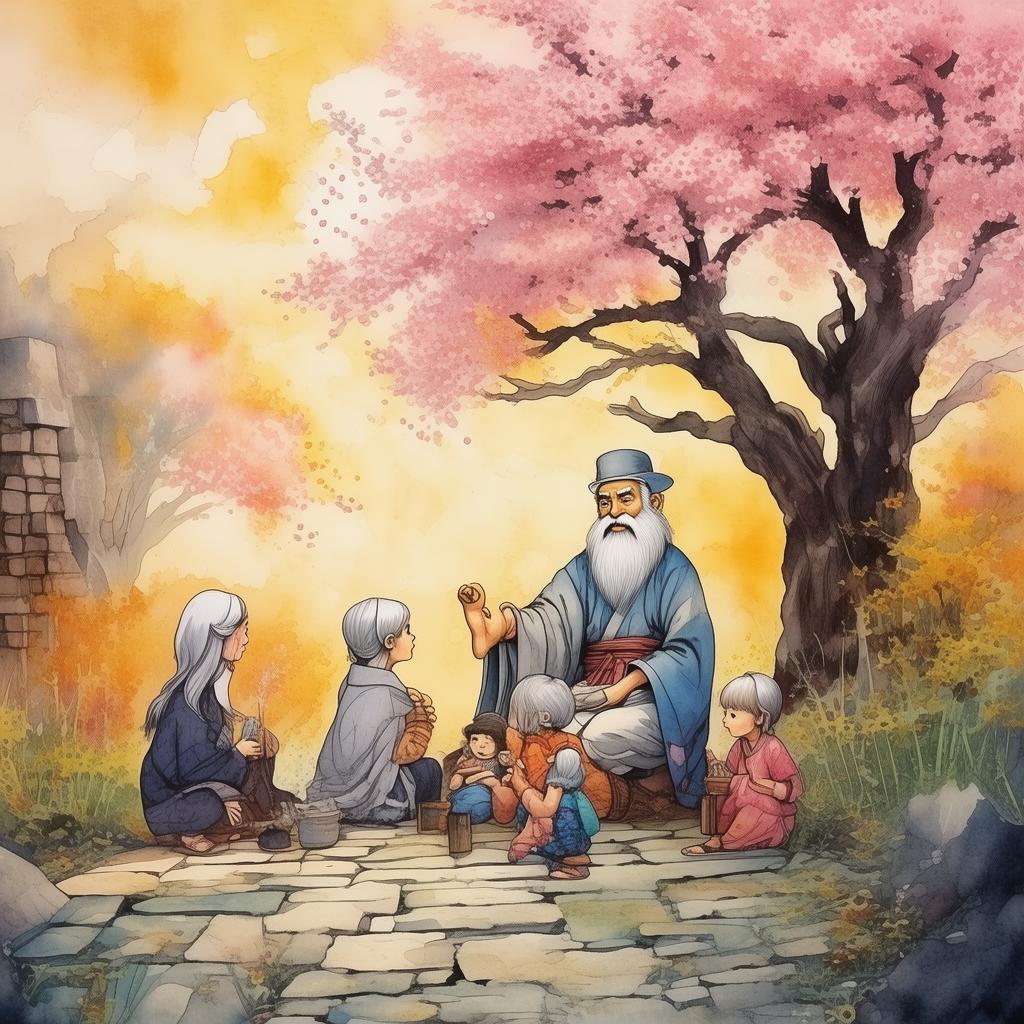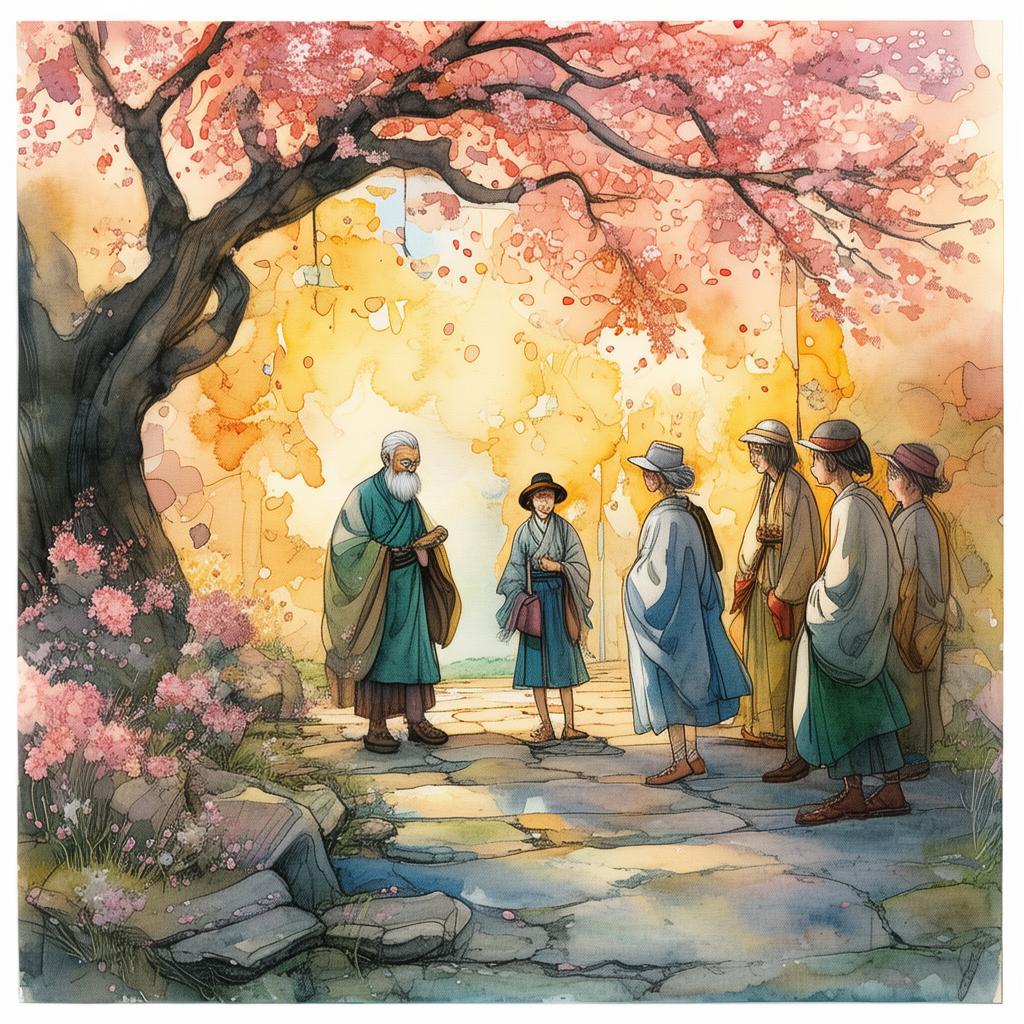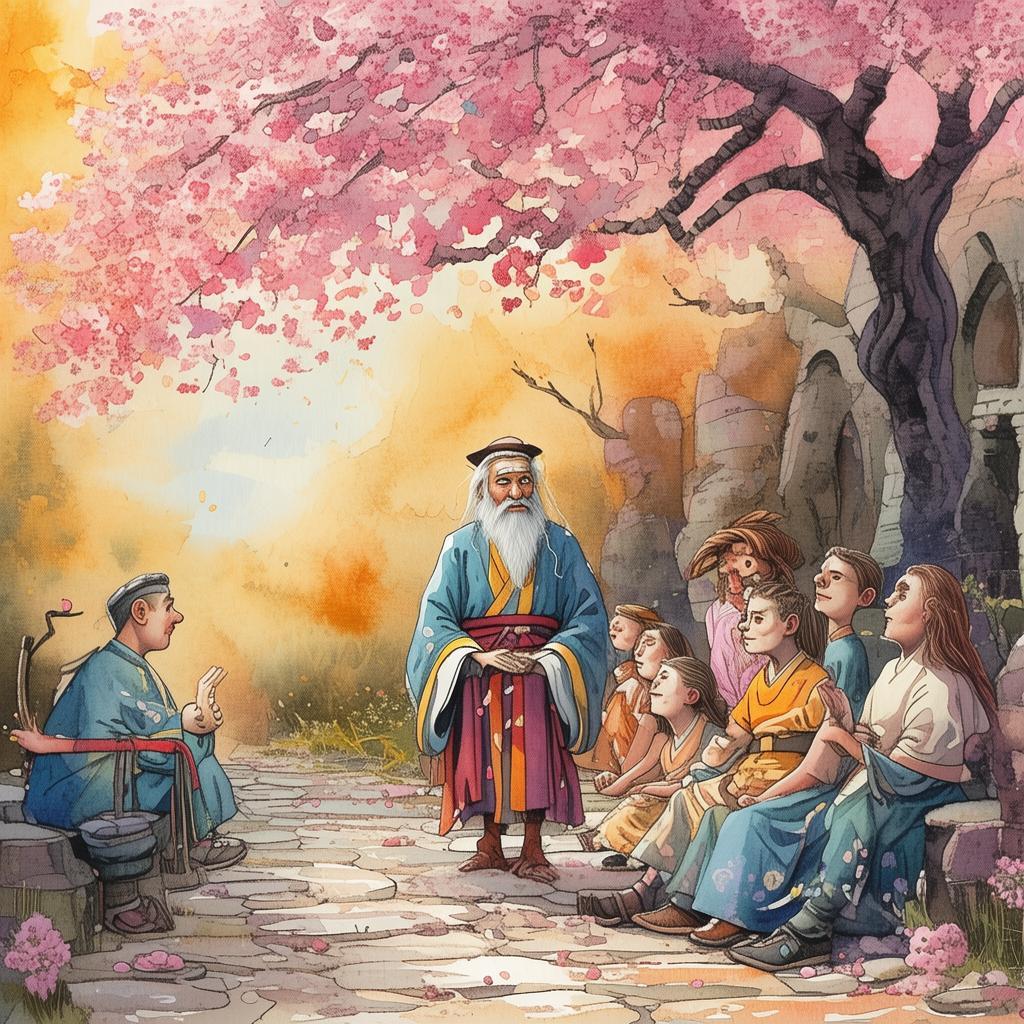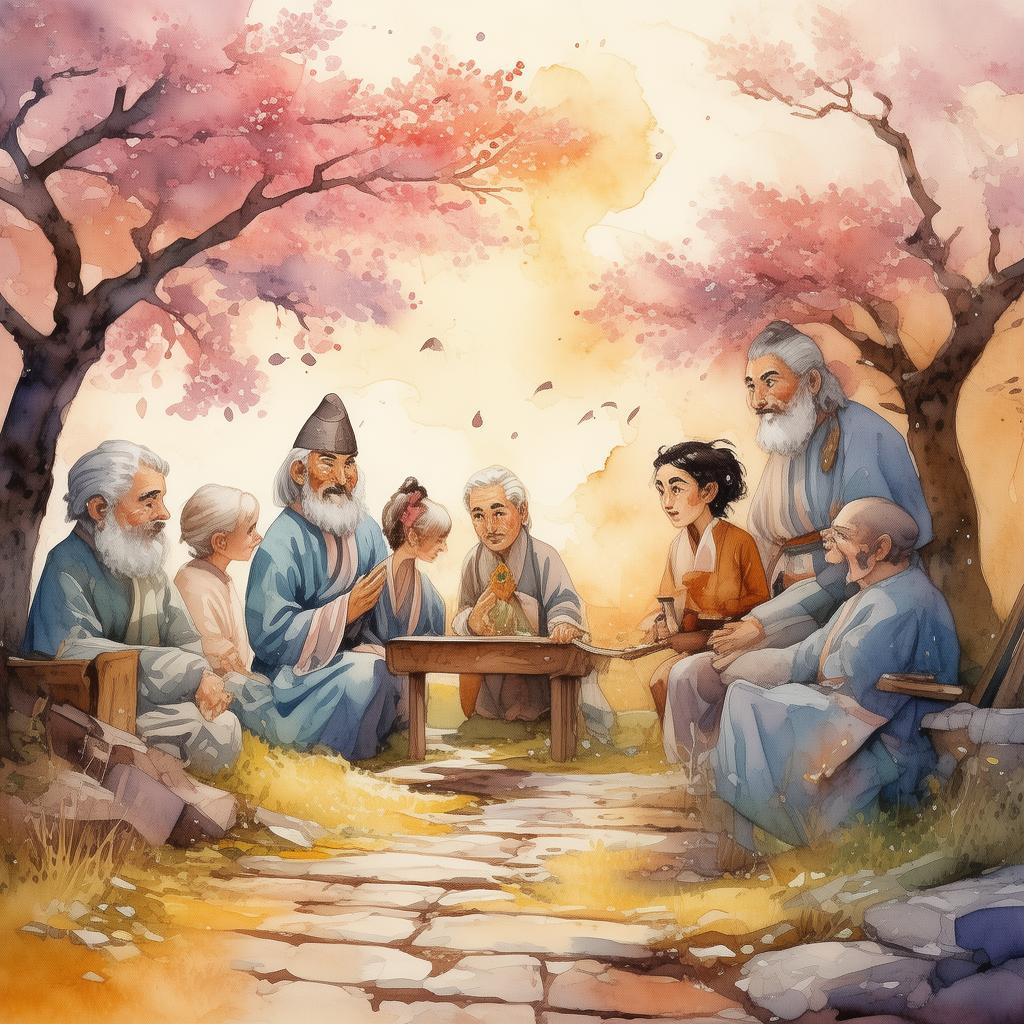The Phoenix's Plume: A Dancer's Renaissance
In the heart of the Renaissance, amidst the bustling streets of Florence, there lived a young dancer named Isabella. Her life was a tapestry of hardships, her body a canvas marked by the struggles of her past. Her father, a renowned artist, had abandoned her, leaving her to fend for herself in a world that seemed indifferent to her dreams. Her mother, a once-promising ballerina, had succumbed to illness, leaving Isabella to grapple with her own mortality and the longing for a life of dance.
One day, as Isabella wandered through the city's market, she stumbled upon an old, dusty book about the phoenix. The mythical bird, it read, was able to rise from the ashes, burning itself to life in a fiery inferno. The story spoke to Isabella in a way no other tale had before. She felt a connection to the bird, a kinship that seemed to whisper to her soul, promising a rebirth of her own.
The next morning, Isabella found herself standing before a bonfire, her body stripped to the bone. She felt the flames lick at her skin, searing away the pain and the memories of her past. She closed her eyes, imagining the phoenix's fiery rebirth, and with a final, desperate breath, she stepped into the flames.
When the flames finally died, Isabella emerged, not as a bird, but as a woman transformed. Her body was lean and strong, her spirit unburdened. She had become a new person, reborn from the ashes of her old life.

Word of her transformation spread like wildfire through the streets of Florence. People gathered to see the woman who had emerged from the flames, her body a testament to the power of the phoenix. She danced, her movements fluid and graceful, a living embodiment of the mythical bird's story. The crowd was mesmerized, their eyes wide with wonder and awe.
The master of the local ballet troupe, a man named Leonardo, saw Isabella dance and was immediately captivated. He recognized the raw talent and the depth of emotion in her performance. He approached her after the show, offering her a place in his troupe. Isabella accepted, knowing that this was her chance to truly live and to share her story with the world.
In the years that followed, Isabella danced with the troupe, her performances a blend of raw emotion and technical perfection. She became a sensation, her story inspiring others to look beyond their own pain and to seek out the phoenix within themselves. She taught her students that true art was not just about the physical act of dancing, but about the soul's expression through movement.
One evening, as the troupe performed a particularly difficult piece, Isabella found herself at the center of the stage. The music swelled, and she began to dance, her movements more powerful and expressive than ever before. She felt the phoenix's spirit within her, guiding her through the performance. As the final note of the music rang out, the audience erupted into applause, their emotions riding the waves of Isabella's performance.
After the show, Leonardo approached Isabella, his eyes filled with admiration. "You are not just a dancer," he said, "you are an artist, a creator of emotion and beauty. Your transformation has touched us all."
Isabella smiled, her eyes reflecting the light of the stage. "I am the phoenix," she replied, "and I have learned to dance with the fire of my soul."
The story of Isabella, the phoenix's plume, became a legend in the Renaissance. It was a tale of transformation, of finding beauty in the midst of despair, and of the power of the human spirit to rise above adversity. And so, Isabella danced on, her steps a testament to the eternal cycle of rebirth and the endless possibility of a new beginning.
✨ Original Statement ✨
All articles published on this website (including but not limited to text, images, videos, and other content) are original or authorized for reposting and are protected by relevant laws. Without the explicit written permission of this website, no individual or organization may copy, modify, repost, or use the content for commercial purposes.
If you need to quote or cooperate, please contact this site for authorization. We reserve the right to pursue legal responsibility for any unauthorized use.
Hereby declared.









